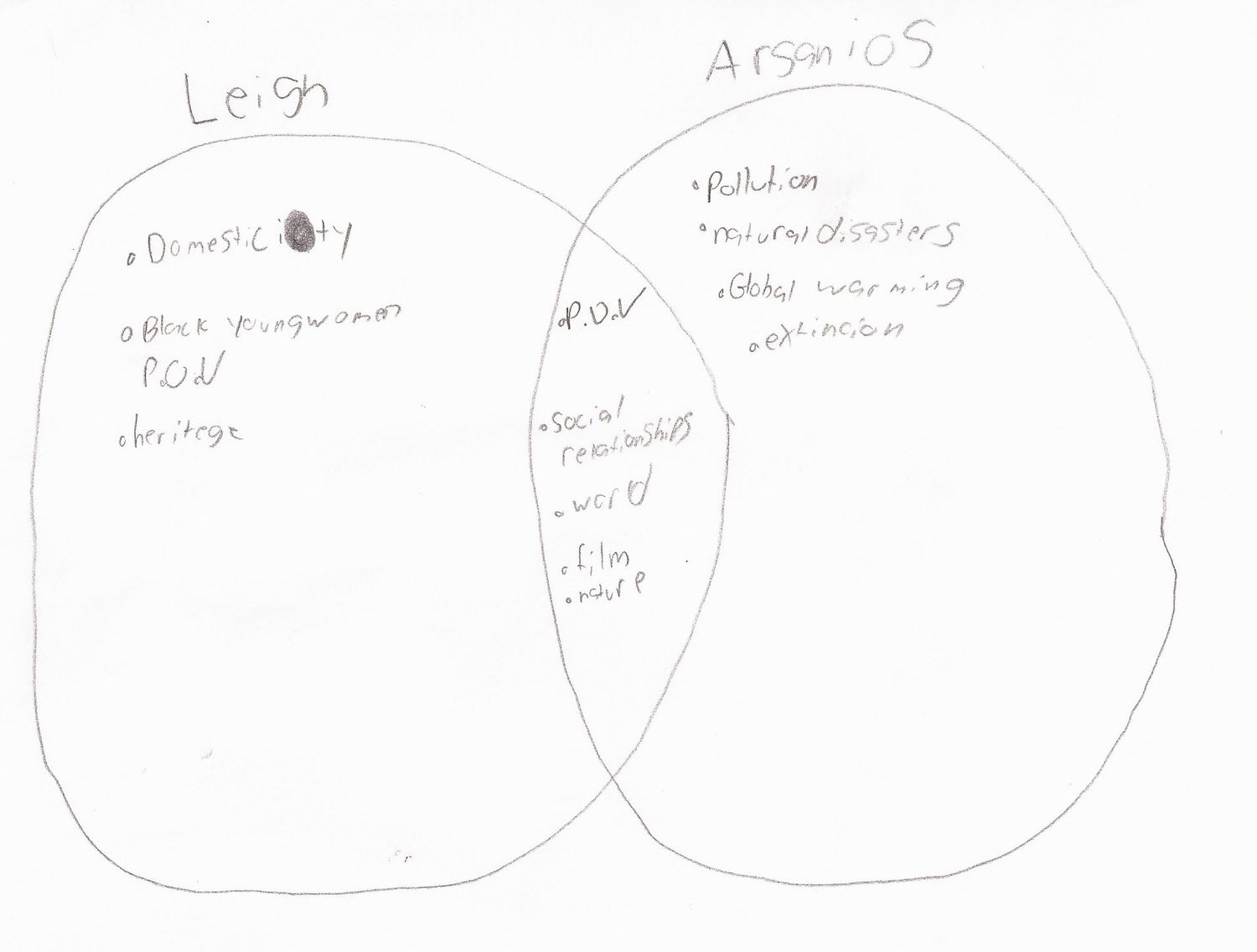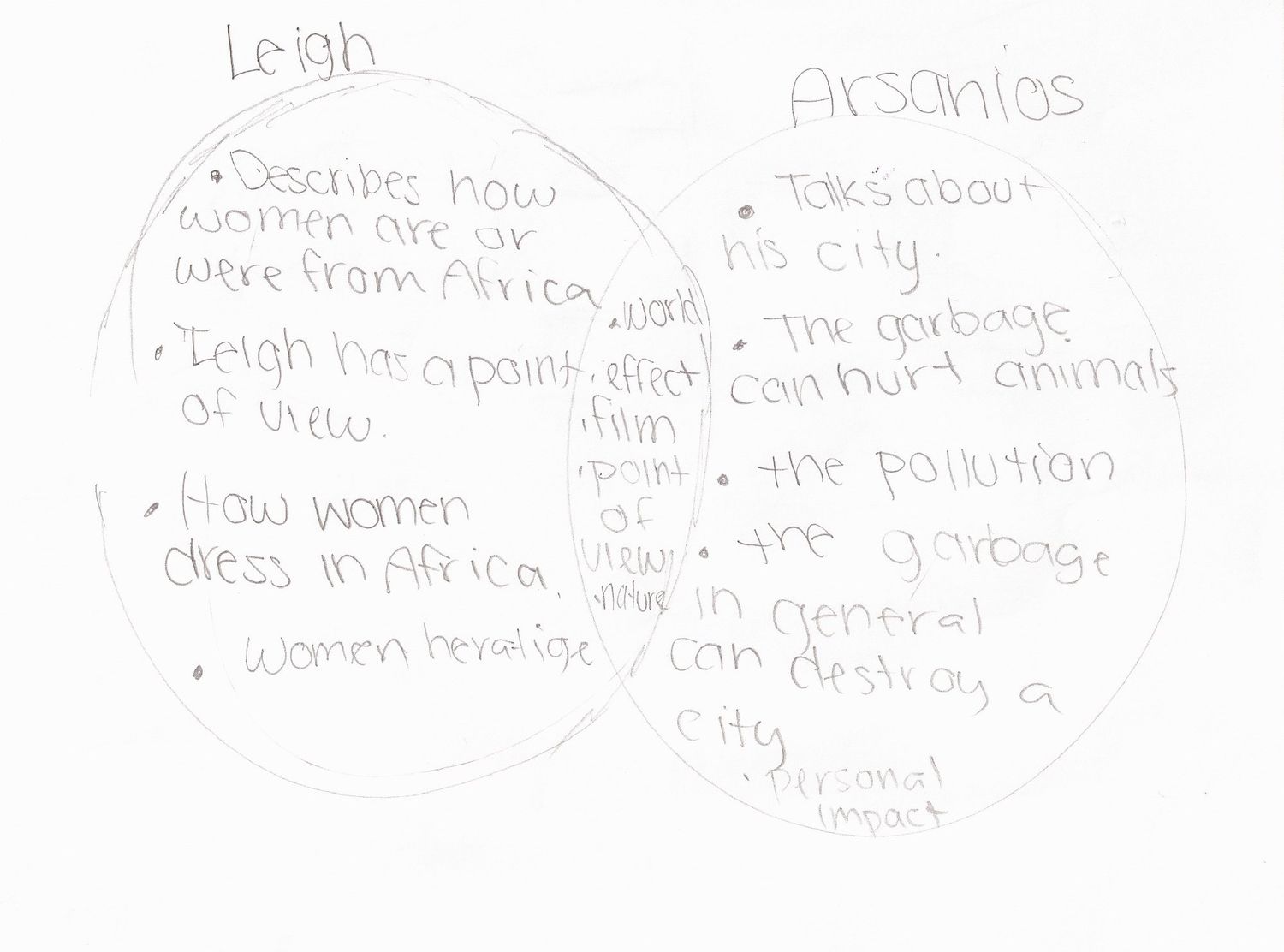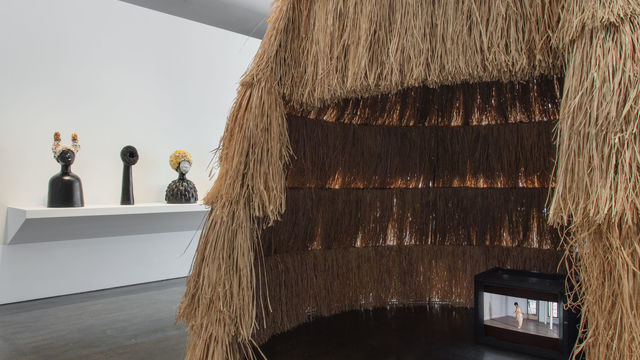
Subjectivity and Social Commentary in the Work of Simone Leigh and Marwa Arsanios
Will 9th graders know what subjectivity means, or at least be interested in the concept? Will students be able to identify the social realities expressed in the works of Simone Leigh and Marwa Arsanios? Will they be able to draw connections between the works of these two artists in order to begin understanding how social commentary is communicated through artistic production? I posed these questions to my colleagues, Aida Ylanan and Angie Attanasio, as we waited for a school bus to deliver twenty 9th graders to the museum. We knew both the questions and activities I had prepared for the tour were going to be challenging—possibly too challenging—but I decided it was worth a try. It is infinitely better to ask questions that are too hard, than it is to ask ones that are too easy.
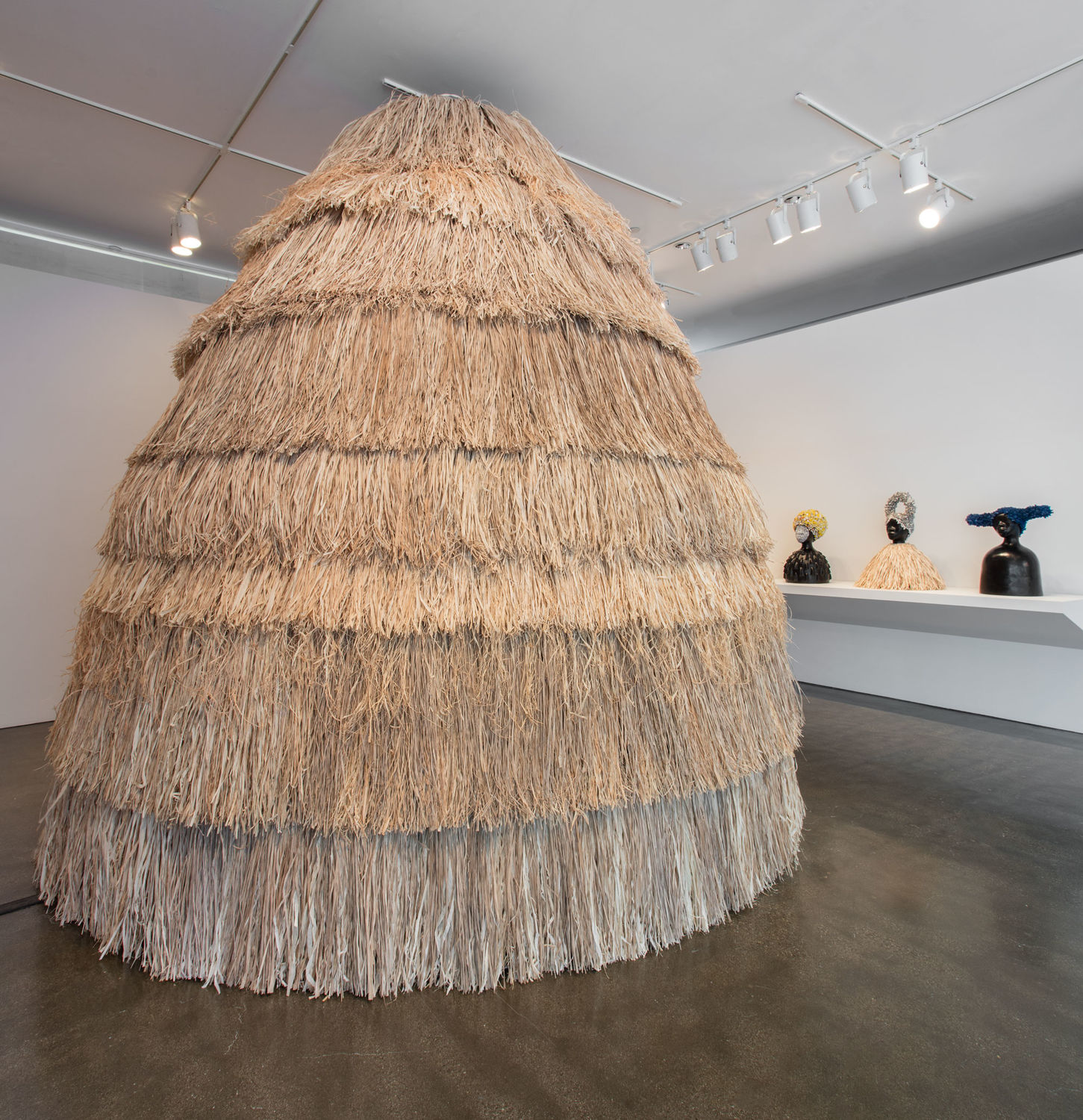
After dividing up our groups, sorting out backpack storage, and completing our introductions, it was time to dig in. The students responded immediately to the materials of Simone Leigh’s Cupboard V; the fibers of Raffia palm reminded them of grass or hay, and the clusters of rose-like decorations that adorn the series of female busts seemed to replace hair. When I offered the information that Simone Leigh uses her work to engage with the construction and representation of black female subjectivity, we needed to pause and define the term: subjectivity is “your personal vision of the world, your individual way of seeing and experiencing the world.” Through our group discussion we were able to point to ways that Leigh’s art expresses black female subjectivity—for example, the Raffia palm evokes the experiences of women who used the material to construct homes in sub-Saharan Africa. Easily relating the term ‘subjectivity’ to ‘point of view,’ a concept they likely learned in relation to literature, the students eagerly engaged in the discussion. With the goal of encouraging students to reflect on the personal nature of the artistic process, I asked the group to sketch something that represents their subjectivity. One student drew a camera, offering the explanation that he sees the world as a series of pictures.
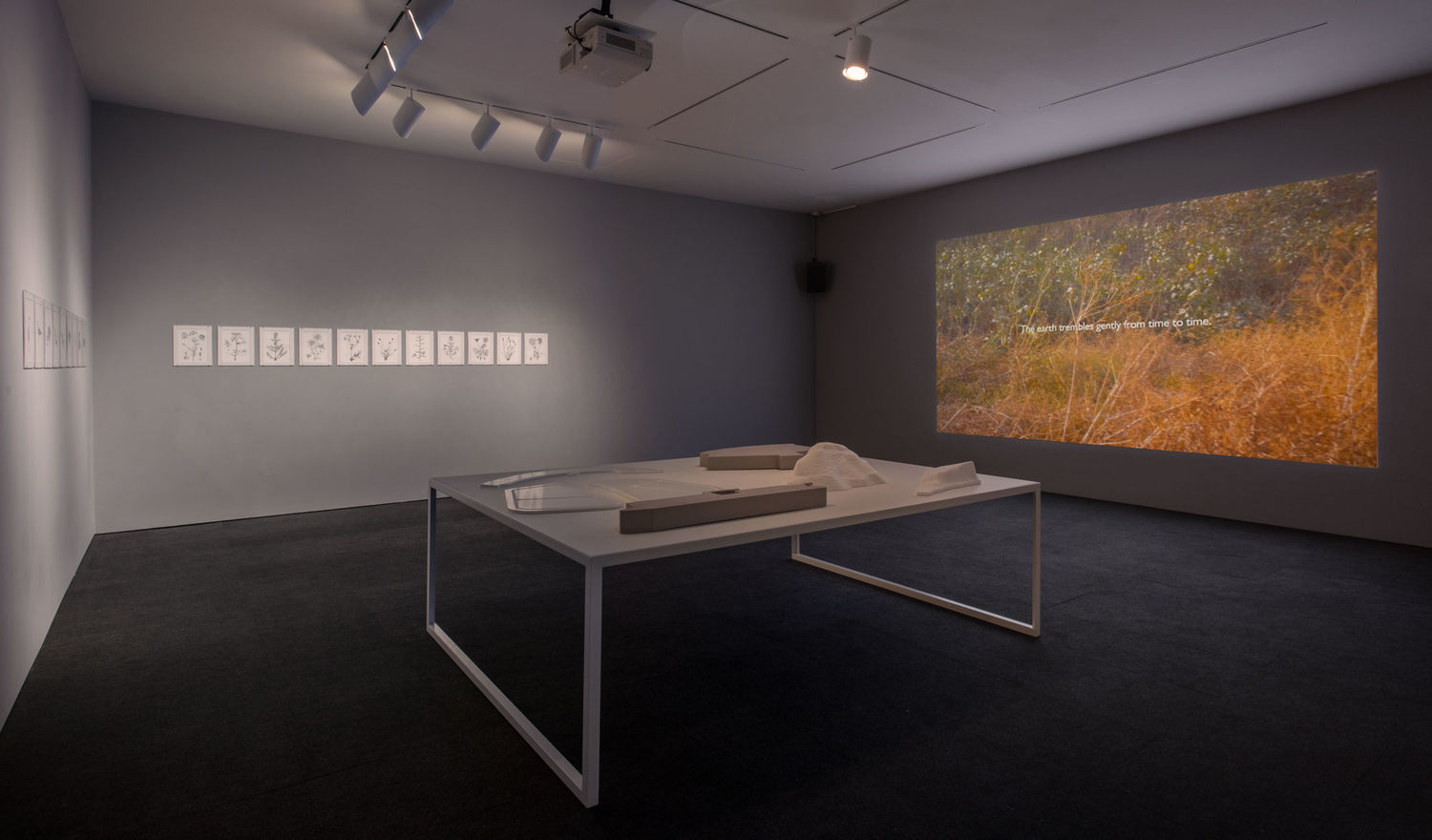
Armed with a new vocabulary to describe personal perspective and an attention to the social messages conveyed in art, students observed the film, ink drawings, and architectural model by artist Marwa Arsanios. Students remarked on the hot temperature, smoggy air, and mountains of garbage shown in the film and how this destructive environment might destroy the natural plants and animals presented in the drawings. It felt very natural to connect the three types of media displayed in the gallery. Hoping to make connections between the works of the two artists, I asked students to complete a Venn diagram describing each artist’s work and identifying points of commonality between the two. Personal connections to geographies, the use of the natural world for inspiration, and the medium of film were the primary links the students made between the Hammer Projects. Through close looking and discussion, we had answered the hard questions and learned how different types of art communicate social realities.
